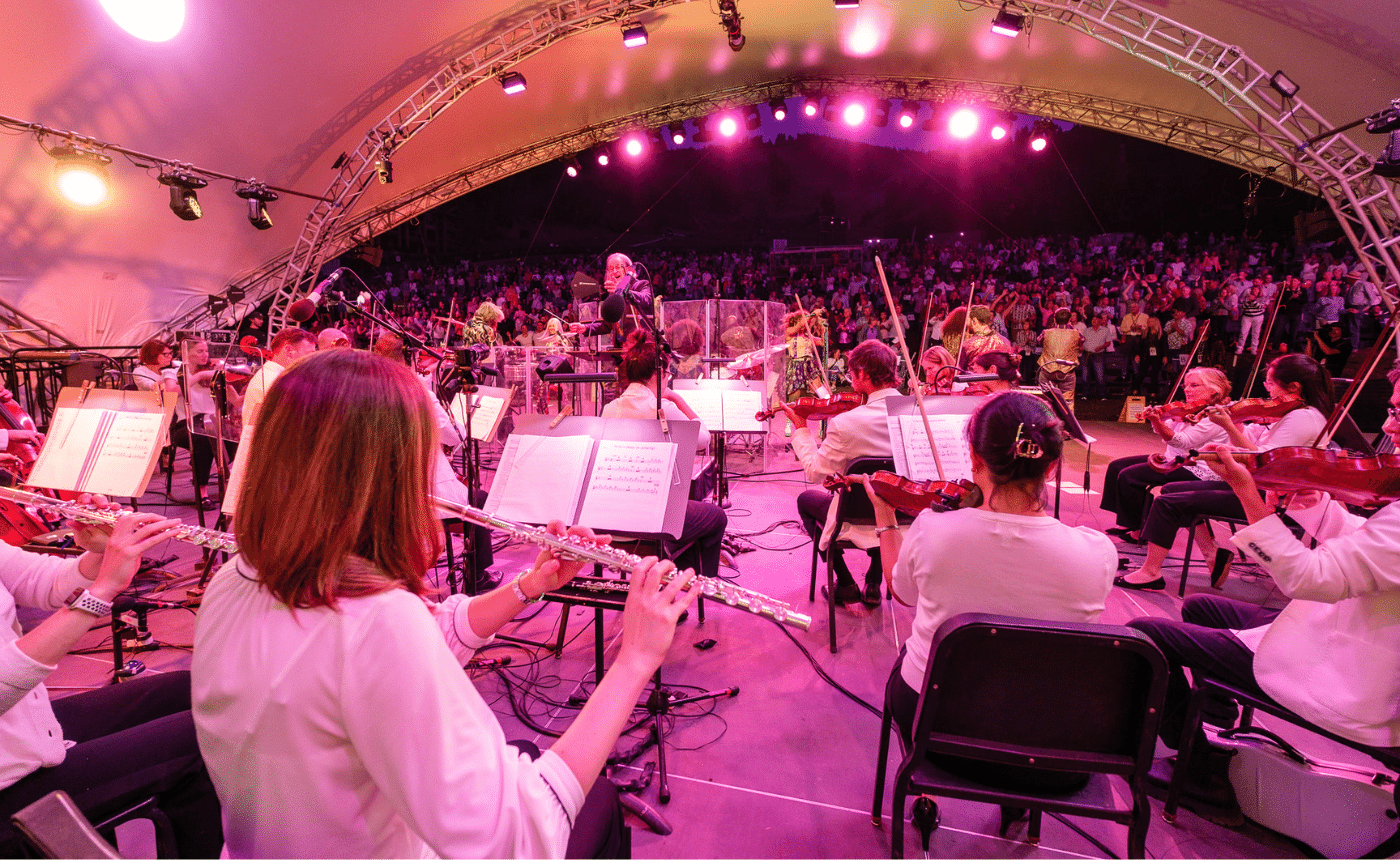Sibelius – Symphony No. 5 in E-Flat Major, op. 82
by Jeff Counts
Instrumentation: 2 flutes, 2 oboes, 2 clarinets, 2 bassoons, 4 horns, 3 trumpets, 3 trombones, timpani, strings.
Duration: 30 minutes in three movements.
THE COMPOSER – JEAN SIBELIUS (1865-1957) – Sibelius was confronting a crisis of compositional faith in the middle 1910s. Though he had never intentionally aligned himself with either side of the conservative/progressive debate, the progressives had essentially decided the matter for him and often made him the model-opposite of their preferred “modern” sound. For his part, Sibelius was changing but not in a way that would register quickly to either side.
THE HISTORY – During his last meaningfully productive period, Sibelius was concerned with a deepening of the connection between music and nature. Many of his late creations shared an earthbound spirituality that, according to biographer James Hepokoski, reflected the composer’s secluded forest retreat at Ainola. Predominate among the works that came out of that meditative reverie was the 5th Symphony. It was commissioned for the celebration of Sibelius’ 50th birthday which, given his status as the most importantly “international” Finn alive, promised to be a big event. Much like Mozart had done with his 24th Piano Concerto, Sibelius had courted disfavor with his dark and misunderstood 4th Symphony. Also like Mozart, the next link in the Sibelius chain provided some welcome triumphal medicine. Symphony No. 5 suffered through three iterations before achieving completion, the first dating from 1915. 1915 was a Great War year and Sibelius was depressed by the loss of life and financially stricken by the loss of access to his German publishers. His diary entries from the time reveal a decidedly gloomy mood but also make mention of the hopeful “mountain [he would] surely ascend” with the 5th. The symphony was completed in time for the birthday concert but was almost immediately revised in 1916 and again for the final time in 1919. The gorgeous opening sunrise of the first movement has been best described by Sibelius himself: “…God opens His door for a moment and His orchestra plays the Fifth Symphony.” This was no boast. Just like the absolutely transcendent sounds of the “swan hymn” in the finale, Sibelius was merely acknowledging his fortunate ability to gather the mysterious world around him into music. As an experience, Sibelius 5 is neither modern nor quaint, only lasting.
THE WORLD – 1919 was the year of “The Tragic Week” of anarchist riots in Argentina. Also in 1919 were the Spartacist Uprising in Germany and ratification of the 18th Amendment of the U.S. Constitution (Prohibition of Alcoholic Beverages).
THE CONNECTION – Sibelius 5 was last performed on a Utah Symphony Masterworks concert back in 2007. Associate Conductor David Cho was on the podium.












